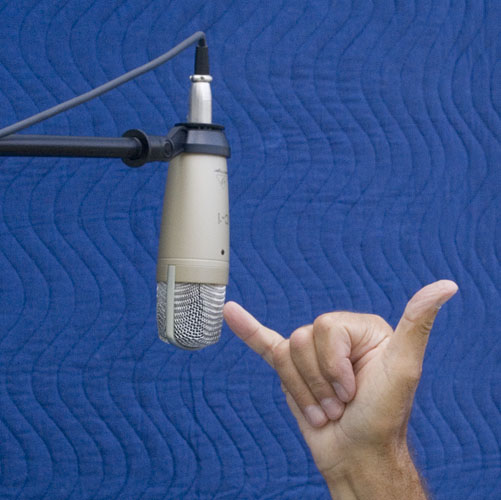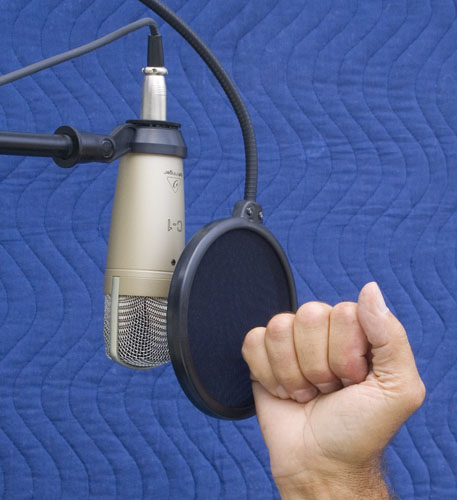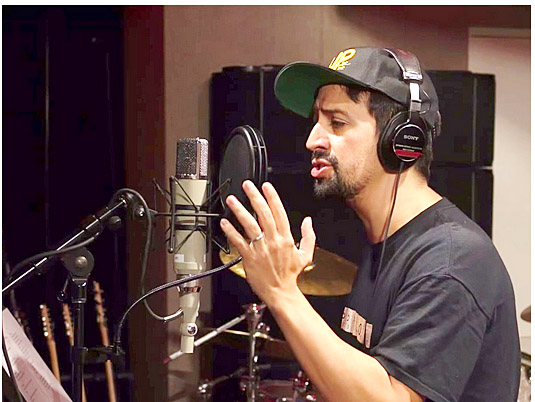I’ve been recording audiobooks for about 9 months with few problems but some time after recent windows updates, driver updates, etc., I started getting clicks in my recordings. While I can usually fix some of them fairly quickly with either tweaking a section by lowering the volume or re-recording in worst case instances, it’s a PITA and I’d really appreciate some Audacity expertise to help me out.
The clicks happen primarily around plosives but not always, sometimes in the middle of a word without a plosive in it, sometimes between words.
I’ve searched for causes but can’t seem to get a handle on anything in particular. I’m not sure if it’s due to a buffer issue, driver issue, cable, mic settings or a myriad of other possibilities.
Is there any way to look at the waveform(dB) or even a spectrogram where these clicks are located and determine what is causing the problem?
I’ve reinstalled Audacity and the Focusrite driver since the Windows updates.
Windows 10 Home Version 10.0.17763 Build 17763
Audacity 2.3.2
HP Spectre laptop, I7, 16GB SSD, all fw on laptop up to date
sE2200 microphone w/pop filter, rolloff now set to 160Hz (setting to off or 80Hz had no effect on click occurrence) - mouth one “shaka” away from pop filter
Focusrite Scarlet 2i2 USB audio interface
Focusrite ASIO settings 44.1 kHz , buffer 128
Audacity settings 44100, 32 bit float, MME, Focusrite, mono.
Any help is seriously appreciated.



